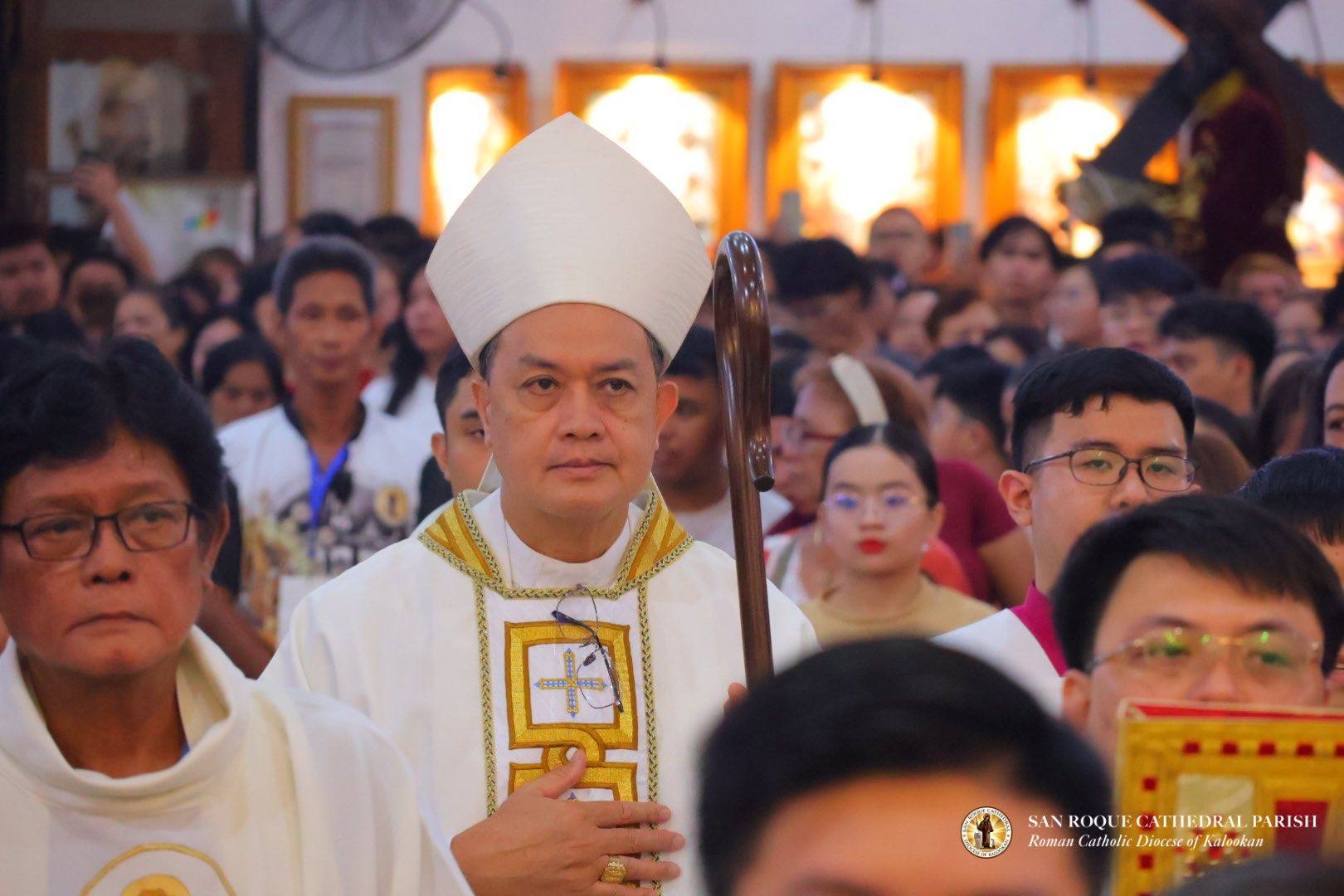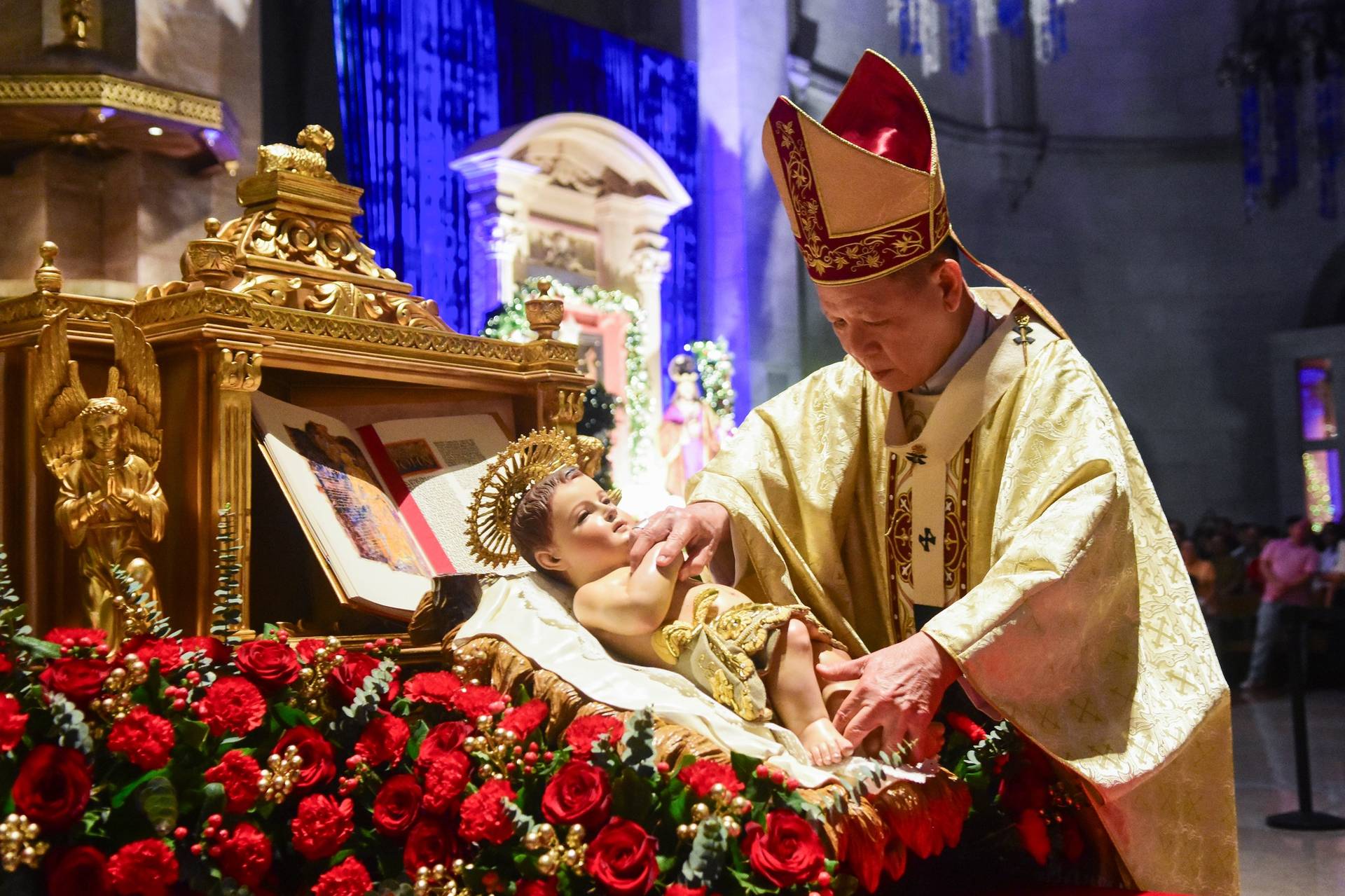MUMBAI – In the wake of a magnitude 7.6 earthquake that left 238 people dead on a peninsula in remote northern Japan, the local church is scrambling to provide relief, above all for the three Catholic parishes and two kindergartens in the disaster zone.
According to the Japanese bishop in charge of Catholic charities in the country, one cornerstone of the relief effort is that it must be developed and implemented in concert with the local community.
“I strongly believe that the relief work of Catholic Church in the time of disaster should be done together with the local people, because even before the disaster happened, the church community has been there,” said Bishop Daisuke Narui of Nigata, president of Caritas Japan.
“We suffer together, cry together, pray together and stand up together with the local people,” Narui said.
The quake struck the Noto Peninsula, which projects north into the Sea of Japan from the country’s mainland in Ishikawa Prefecture, generating a tsunami roughly four feet tall. Taken together, the earthquake and tsunami devastated the area, causing fatalities and injuries and destroying structures.
As of Jan. 28, the death toll from the disaster stood at 238, making this the most lethal earthquake in Japan in the last eight years.
Almost 1,200 people have been injured by the quake, with some 14,000 displaced as a result of damage to property. Roughly 44,000 houses have been either completely or partially destroyed, and another 40,000 are currently without running water, according to officials of the Ishikawa Prefecture.
There have also been more than 1,500 aftershocks since the Jan. 1 earthquake and tsunami, causing further damage and hampering recovery efforts. Many roads and two rail lines remain closed due to cracks and landslides.
In many parts of the Noto peninsula, reports indicate, water supply, sewage and electricity are out of service, with observers saying the lack of drinkable water is an especially serious challenge.
There are only about 431,000 Catholics in Japan, representing less than one half of one percent of the national population. On the Noto peninsula, there were three Catholic parishes prior to the disaster, none of which had a resident priest, and two church-sponsored kindergarten schools.
According to Narui, the priests who serve the three parishes made visits shortly after the disaster struck in order to provide relief goods and to console the victims and survivors of the tragedy.
Narui explained that a delegation from both Caritas Japan and the Japanese bishops’ conference visited the affected parishes on Jan. 8, along with the local prelate, Bishop Goro Matsuura of Nagoya.
In the aftermath of that visit, the Diocese of Nagoya established a Caritas Noto Support Center in Kanazawa, the capital of the Ishikawa Prefecture, which is being supported both by Caritas Japan and the bishops’ conference. Among other things, the center has been supplying fresh water to the kindergartens, where the Catholic population of the area has gathered, and are also running a weekly soup kitchen service.
“Such activity is important because it gives a space to gather together, share their experience, need and hope,” Narui said. “The activity is just started and will expand as we continue working and walking together with the local community.”
In comments to Crux, Narui explained that Caritas is not involved in helping people rebuild houses damaged by the disaster, which in Japan is the responsibility of the government. He also said that one focus for the church’s relief efforts are elderly people with no immediate family to provide care, a special challenge in a country with one of the world’s lowest birth rates and where almost 30 percent of the population is over 65.
On Feb. 1, a moment of silence was observed at 4:10 p.m. local time to mark the one-month anniversary of the disaster. The Holy Mother Kindergarten in Nanao, a city of roughly 50,000 located on the Noto peninsula, hosted a prayer service for the dead and the displaced.












